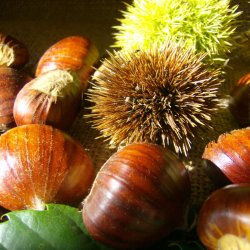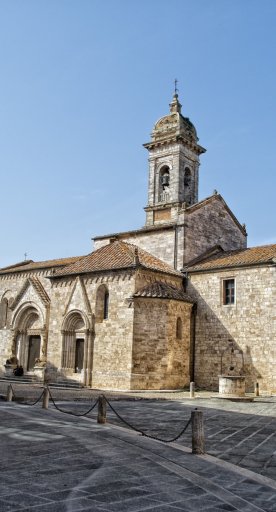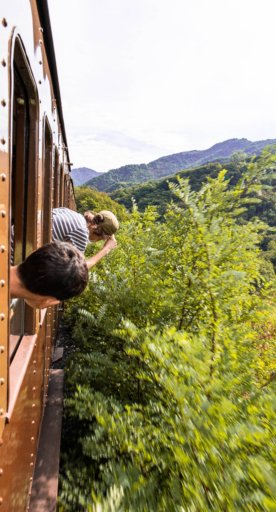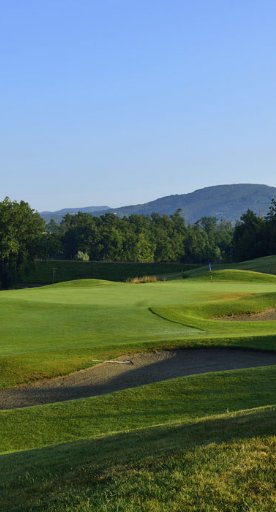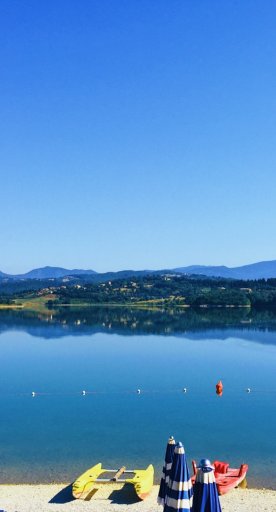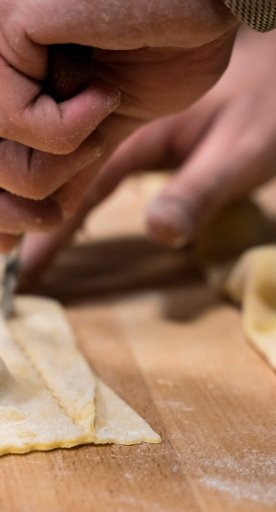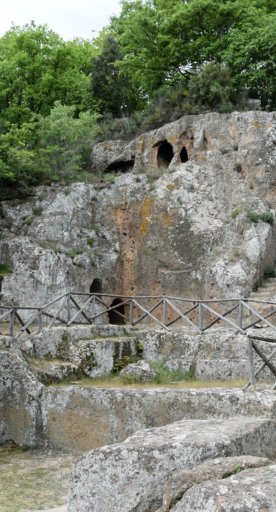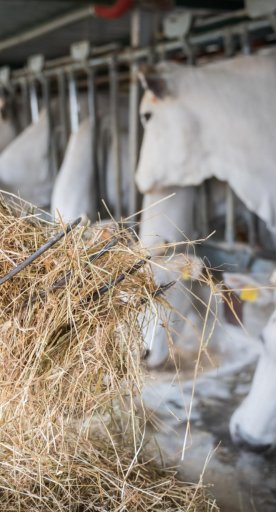

Marradi, slow life in a Tuscan town
Escape to this chestnut-haven full of art, history and delicious food
If you’ve already been to Tuscany or are looking for a relaxing retreat after bustling Florence, you might enjoy heading to some of the region’s hidden corners: quaint towns like Marradi.
-
1.Sights in Marradi
-
2.Events
-
3.Getting there

Marradi is a rural town in the Mugello area, located about 65 km (40 miles) northeast of Florence at the base of the Apennines and on the border between Tuscany and Emilia Romagna. The earliest human settlements dates to an ancient population near the banks of the Lamone River (situated along an important Roman road connecting Lucca and Faenza). Today, the old town and its cobbled streets are a charming site to visit, as Marradi has a particular urban structure rare for the Apennine area. You’ll find a mix of noble palaces and buildings similar to chief cities in Tuscany and Italy. During the 16th century, many noble Italian families were exiled from their hometown (such as the Fabroni family from Pistoia and the Torriani family from Milan) and decided to take refuge in Marradi. Nevertheless, their exile did not include renouncing the comfort and luxury to which they were accustomed.

Today, Marradi is a “Slow City,” as certified by the Slow Food Movement. The city is well connected by the Faentina railway line, a journey perfect for admiring the Tuscan-Emilian Apennines: from the train window you’ll see green fields, mysterious caves and chestnut trees as far as the eye can see. Foodies surely won’t be disappointed by Marradi’s food offerings: here the Tuscan culinary tradition meets Emilia-Romagna's cuisine. Speaking of food, this place is internationally renowned for the “Marrone di Marradi,” one of the finest chestnuts in the world. Its superior flavor, sweetness and easiness to peel make it a world favorite.
Marradi is also the birthplace of the visionary Italian poet Dino Campana. His main work, The Orphic Songs, shows the poet’s profound connection with his homeland. In Marradi’s Cultural Center, home to the public library and tourist information office, you’ll find the Campaniani Study Center, the most important center and collection of documents tied to Dino Campana. In the same building you’ll also find the Chestnut Study and Documentation Center. And be sure not to miss the area’s many trekking trails accessible on foot, by mountain bike or on horseback.
Sights in Marradi

Abbey of Santa Reparata in Salto
This religious complex dates to the 11th century, though it was rebuilt a number of times. Despite the Romanesque façade and bell tower, the interior vaunts an unmistakable Baroque-style décor.
Theater
Marradi's theater was founded at the end of the 18th century and served as the headquarters of the Animosi Academy until 1938. Today, its doors open for celebrations (such as those dedicated to Dino Campana), for exhibitions and meetings, besides being used as a dance school, theater lab, recording hall, disco and cinema.
Piazza delle Scalelle
As Marradi’s central square, this spot is artistically fascinating: many buildings overlooking the square were built in different centuries, starting from the 17th-century Palazzo Fabroni to those from the 19th century, such as the Palazzo di Credito Romagnolo built in a neo-medieval style.
Palazzo Torriani
The Razzi family began building this palace in the the late 16th century on the remains of a pre-Roman tower. Shortly after, the task became too big a challenge, causing them to trade this structure with the Torriani family, who arrived from Milan after being ousted by the Visconti family. The palace was devastated during the Nazi occupation, but recent restorations have brought its original beauty back to life. Today, you'll find a lavish luxury hotel with three apartments, though outside visitors can also visit Palazzo Torriani (by appointment only).
Events

Pane e Companatico: An event dedicated to pane sciocco (unsalted bread), a typical Tuscan product. Usually in May, the historic center becomes a stage for old farming traditions, featuring music, excellent food and rural life reenactments.
Castagneto in Musica: A picturesque town festival held in an evocative chestnut grove that takes place in July.
Graticola d'oro: During the last week of July and the first week of August, Marradi celebrates summer with floats, water games and dancing and singing contests. The main event is the age-old competition between Marradi’s districts that battle to conquer the Graticola d’oro (gold gridiron).
The Eve of Witches: In August, soothsayers, fortunetellers, palm readers and witches invade Marradi. Shops remain open until midnight and you’ll likely meet odd characters throughout the night.
Chestnut festival: In October, Marradi celebrates its autumn king: chestnuts. This world-famous event presents local delicacies, such as ravioli, jam, marrons glacés and roasted chestnuts. During the festival, you'll find an array of street artists and musicians keeping the atmosphere lively and buzzing.
Christmas markets: In December, don’t miss traditional markets perfect for Christmas shopping. Reaching Marradi is a magical experience in itself: enjoy the typical steam train that takes you from Florence to Marradi (and back). Once there, you can wander around gift shops, attend musical artistic performances and ride a sleigh with Santa Claus.
Getting there

In October and December you can reach Marradi via a beautiful steam train, though ordinary rail service operates year round. The nearest station is Marradi-Palazzuolo sul Senio, a short distance from Marradi’s main square. From Florence’s railway station, trains for Marradi leave approximately every hour (the journey takes about 1h and 15m). Alternatively, you can take the train from Bologna and change trains in Faenza, which takes about an hour. For those taking the car, Marradi is 65km from Florence, 85km from Bologna, 70km from Ravenna and just 35km from Faenza and the Mugello Circuit, Tuscany’s popular racetrack. From Florence or Faenza take the state road 302.

